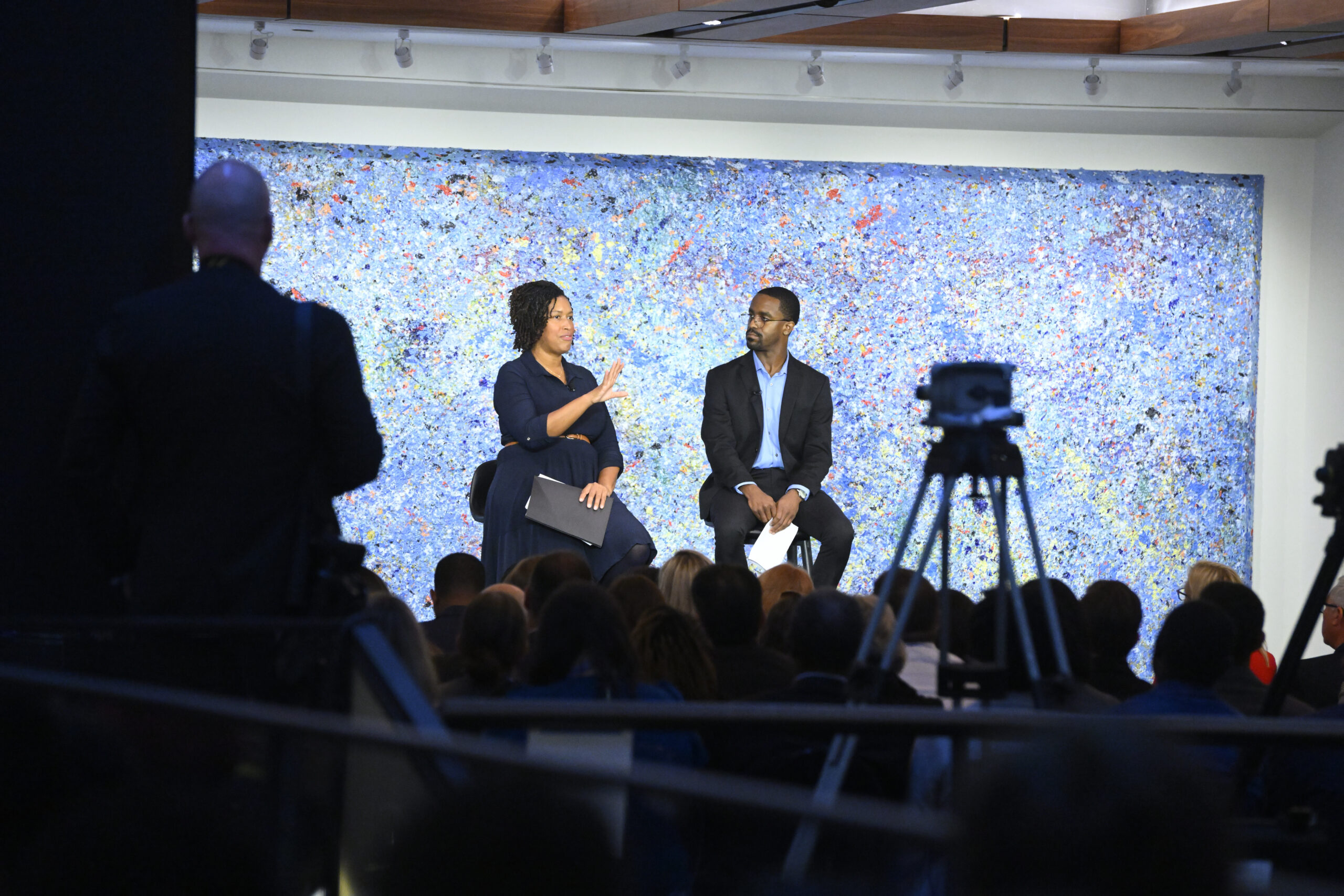City leaders reimagine what’s possible for downtowns
Elected officials and other city leaders have an opportunity to revitalize their downtowns and invest in their communities

Key Takeaways:
- As many workers continue to work from home, cities across the country are rethinking how to convert empty office buildings.
- Washington, D.C., has set a goal of adding 15,000 residents to downtown spaces and has already begun converting 22 offices to residential buildings.
- Active downtowns drive economic growth that enables cities to invest in their communities.
The transformation of the former “Newseum,” located on D.C.’s historic Pennsylvania Avenue, to a new John Hopkins University academic center is a prime example of what’s possible for empty office buildings in cities’ once bustling downtowns, Muriel Bowser, mayor of the District of Columbia, said Thursday at the building’s dedication.
Since the pandemic, downtowns across the country have struggled to fully return to “normal” as employees continue to work from home. D.C.’s return-to-office rates have hovered just under 50% since early this year, according to Kastle’s national Back to Work Barometer. Yet federal workers—who represent one in three downtown jobs—are working from home more than the average D.C. employees. A recent survey found that 42% percent of federal workers telework a few days each week, and 14% work remotely.
“Every mayor here knows that we’re not going to go back to 2019,” Bowser said at the 10th annual CityLab Conference, a gathering of nearly 600 mayors and civic leaders from around the world. “Our downtowns won’t be exactly the same [because] hybrid work is likely here to stay. We need the federal government to rethink its properties and have a purposeful plan for conversion, or let us do it.”
Many mayors are reimagining how they can revitalize their downtowns. Some cities are repurposing offices into higher education or life science buildings, while others are taking advantage of the open real estate to increase housing. In Washington, D.C., Bowser has set a goal of adding 15,000 residents to downtown spaces and announced that 22 properties are already in various stages of conversion now.
“One thing that we learned from this pandemic is our downtown is too commercial heavy—almost 90% of the space is dedicated to commercial space—and our neighborhoods that have a better balance between commercial and residential fared much better during the pandemic,” she said. “We’re really focused on how we bring more people downtown to live and look at different ways of repurposing our properties.”
Downtowns are also key to fostering economic growth that can enable cities to invest in their most pressing needs—from public education to housing. Last year, homelessness increased by nearly 12% in The District. Downtown Washington—which is home to 185,000 jobs—will help drive the economic growth needed to increase access to housing for more Washingtonians, Bowser said.
“We can make tremendous investments in some of the initiatives that allow us to provide every Washingtonian with a fair shot,” she said.
Washington, D.C., is one example of what’s possible in our nation’s downtowns, she added. Mayors can use this opportunity to think big and make strategic investments that will benefit the whole community. “As much as we love the museum, this [building] has a higher and better use,” Bowser said. “We have to have that kind of vision and investment when we think about our grand buildings.”